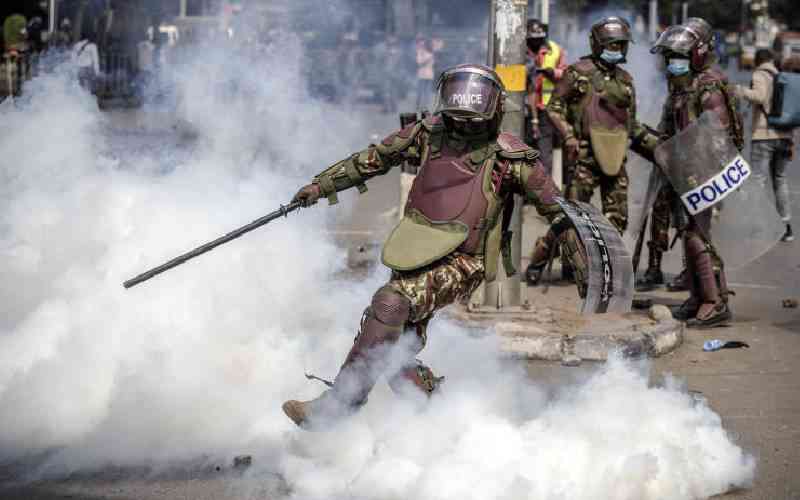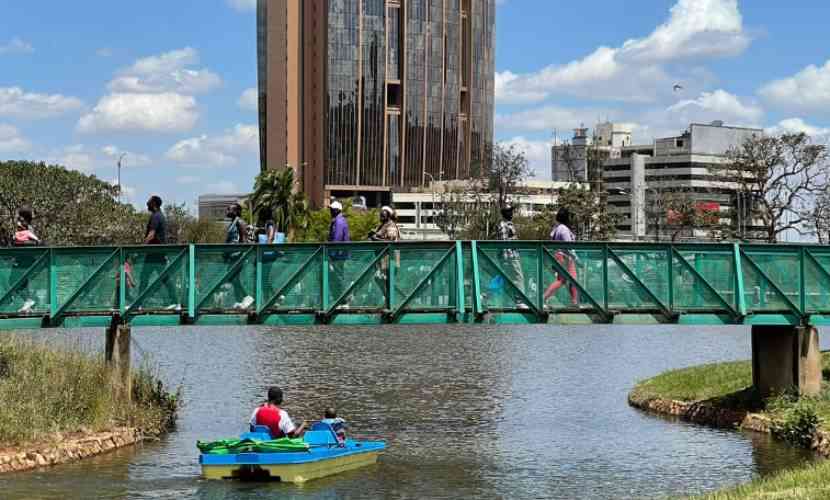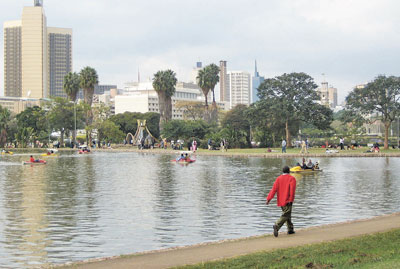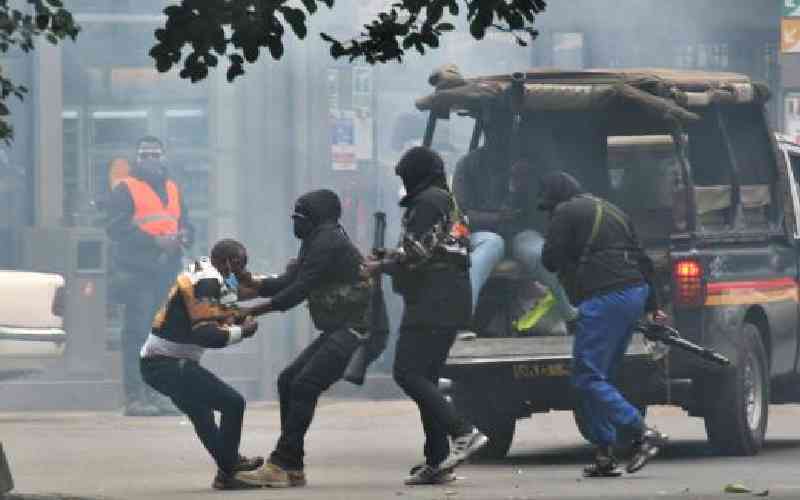By Hosea Omole
Uhuru Park is the most popular public park in the country. The mere mention of the name elicits memories of important social and political events in the county’s history.
Images of Nairobi’s skyline are never complete without the refreshing foreground of Uhuru Park. It is the green pride of the city; Nairobi Central Business District’s lungs and the main public recreational ground.
Less obviously, the park determines the standards with which other public parks in our major towns are planned and ornamented. It even has an implication on how the public perceives landscape design. Many subconsciously apply the standards of the park as the highest achievable benchmarks for their private gardens.
But wait a minute; does the park really meet standards worth emulating? Let us take a critical look at the landscape planning and design with a view of identifying strengths, weaknesses and drawing lessons for our own landscapes.
Strong elements
The strongest design elements in the park are the artificial lake, the peace monument and the pavilion with its related public sitting terraces. There is little doubt that some thought went into the design of the individual elements. The artificial lake for one is a brilliant idea. It gives the park a serene atmosphere besides providing an extra recreational option in the form of boating.
The peace monument is excellently positioned at the vista created by the palm trees on either sides of the main approach from Uhuru Highway.
It is generally thought that its position was also chosen to be in line with the Jomo Kenyatta monument at Kenyatta International Conference Centre and the Kenyatta mausoleum in the parliament grounds.
The relationships between the elements and the overall park design, however, leaves a lot to be desired. Each seems to have been designed independently with little regard to how they relate to each other and the spaces in-between them.
Circulation
The monument, for instance, with its curvilinear form and natural stone finish, is in stark contrast with the other structures in the park. Similarly, the pavilion’s architecture and configuration totally disregards every other structure in the park. One gets the feeling that no master plan was followed in determining their relative positions and their architectural characters.
The individual elements could have as well been on different sites. There is no unifying theme. It would have been best if their designs followed some predetermined specifications to achieve a more unified look and feel.
Circulation around the park hardly works. No wonder users have to be constrained to follow them by use of rusty barbed wire fences and rude wardens.
Circulation should ideally provide the most comfortable routes to the different spaces in the park so that users need not be ‘bullied into’ following them. The choice of bitumen for the walkways was also inappropriate. For one, it hardly enhances the relaxation that the park is supposed to provide. Secondly, it does very little for the park’s aesthetics. A more natural finish would have been more appropriate and less intrusive.
Stay informed. Subscribe to our newsletter
Maintenance
A large park like Uhuru Park can be extremely expensive to maintain if this is not well thought out at the planning stage. In the case of Uhuru Park, some effort was put in selecting hardy plants. The choice of Kikuyu grass for the lawn for instance drastically reduces the maintenance cost. More, however, needs to be done.
Provision for the numerous candy vendors and other in-line commercial activities should have been incorporated in the park’s design and enhanced for higher revenue. Currently the vendors are left to take their positions at walkway junctions further adding to the circulation nightmare at the park.
More creative income generating activities should be identified to increase the amount available for the park’s maintenance. There is no reason why the park for instance cannot be designed to host weddings and corporate functions from which revenue for supporting the park’s maintenance can be drawn.
 The Standard Group Plc is a
multi-media organization with investments in media platforms spanning newspaper
print operations, television, radio broadcasting, digital and online services. The
Standard Group is recognized as a leading multi-media house in Kenya with a key
influence in matters of national and international interest.
The Standard Group Plc is a
multi-media organization with investments in media platforms spanning newspaper
print operations, television, radio broadcasting, digital and online services. The
Standard Group is recognized as a leading multi-media house in Kenya with a key
influence in matters of national and international interest.
 The Standard Group Plc is a
multi-media organization with investments in media platforms spanning newspaper
print operations, television, radio broadcasting, digital and online services. The
Standard Group is recognized as a leading multi-media house in Kenya with a key
influence in matters of national and international interest.
The Standard Group Plc is a
multi-media organization with investments in media platforms spanning newspaper
print operations, television, radio broadcasting, digital and online services. The
Standard Group is recognized as a leading multi-media house in Kenya with a key
influence in matters of national and international interest.










